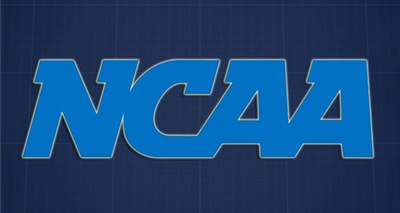NCAA Statistics & Policies (PDF)
BRIDGEPORT, Pa. — A question which persists in the sport of water polo is what opponent is countable by National Collegiate Athletic Association (NCAA) rules? Against what opponents do statistics count, including wins and losses? To clarify this issue, the Collegiate Water Polo Association (CWPA) turned to the deciding factor in the argument – the NCAA Statistics Policies & Guidelines Rules Book.
The NCAA defines a countable game by a specific list of requirements:
For games to be considered countable for statistics (including rankings and records), the following must be true:
- The institution must be a four-year, degree-granting institution
- The opponent must be considered a varsity intercollegiate team as defined by NCAA bylaw 17 and must be considered countable competition as defined by NCAA bylaws 31.3.3.1 (Divisions I and II) and 31.3.4.1.1 (Division III)
- The institution must satisfy one of the following:
- Is an active, provisional or reclassifying member of the NCAA;
- Is accredited by one of the six regional accrediting bodies in the United States;
- Middle States Commission on Higher Education
- New England Association of Schools and Colleges, Commission on Institutions of Higher Education
- North Central Association of Colleges and Schools, The Higher Learning Commission
- Northwest Commission on Colleges and Universities
- Southern Association of Colleges and Schools, Commission on Colleges
- Western Association of Schools and Colleges, Senior College and University Commission
- If the institution is located in Canada, it must satisfy one of the following:
- Is a member of the Association of Universities and Colleges of Canada;
- Is a member of the Canadian Collegiate Athletic Association; or
- Is a member of the Canadian Interuniversity Sport
- Is an active or associate member of the NAIA; or
- Is an active member of the National Christian College Athletic Association
By this rule, games junior colleges (Diablo Valley College, Mount San Antonio College, Cerritos College, etc.), collegiate club teams, masters teams, National Teams, and other either non-NCAA or NAIA schools, do not count and are considered exhibitions with all statistics considered null. However, games against the University of Toronto, the University of British Columbia, and other Canadian four-year schools do count with the statistics counted in season and career totals.
In the event of a No Contest, another statistical topics that have come up in the recent history of the sport, the NCAA rules book states “There is no forfeit of a contest until all participating teams are present and the referee or other appropriate contest official has assumed jurisdiction in accordance with the applicable playing rules. When a team does not appear (e.g., due to weather conditions, accidents, breakdown of vehicles, illness or catastrophic circumstances, shortage of players), a forfeit is not recorded unless the rules of the sport provide that option. An institution shall not, for statistical purposes, declare a forfeit for nonfulfillment of a contest. Such instances shall be considered as “no contest”.
In circumstances involving institutions from the same conference, the league office has the option to declare a forfeit win and loss for conference-standings purposes only but this does not change an institution’s overall won-lost record
The “no contest” declaration came into effect at the start of the 1977-78 season
If a contest in progress was called because of weather conditions, darkness, power-outage, or the like, the game officials could declare a winner and loser (or tie) in accordance with the rules of the game or they could declare a no contest. If a no contest was declared, all statistics are voided.




